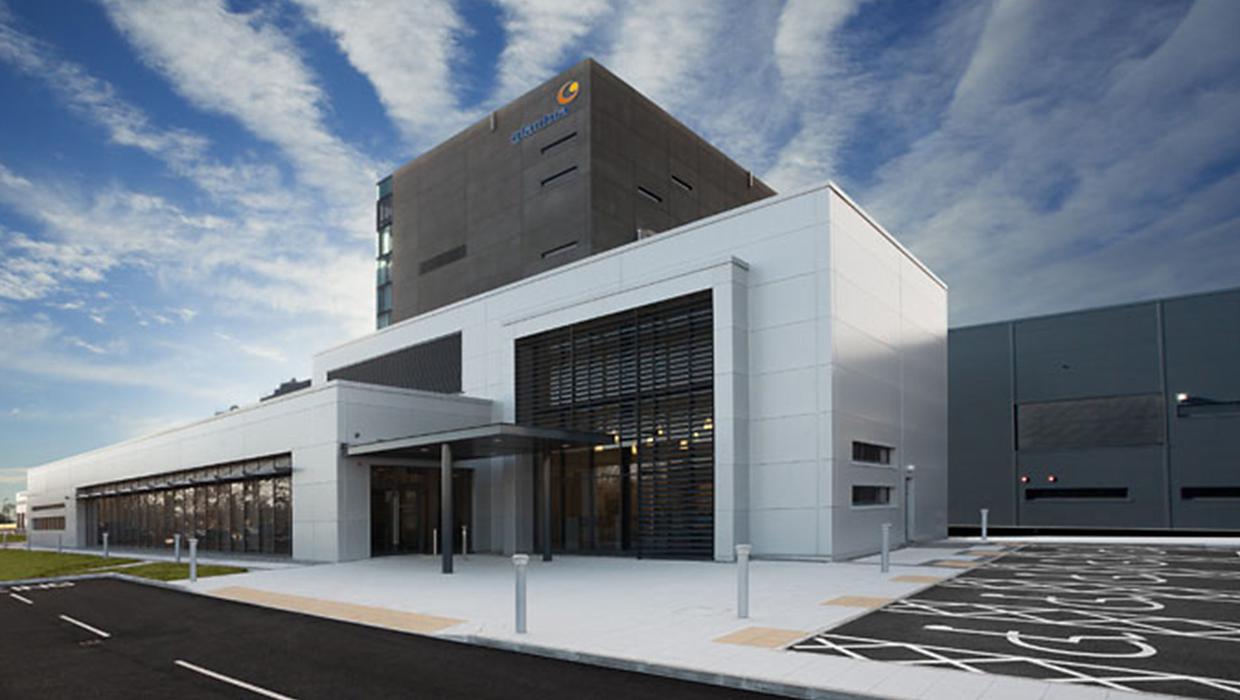James O’Brien is worried about the financial impact the stalling of a proposed cheese factory in Belview, Co Kilkenny will have on his business. The dairy farmer, who is based eight miles outside Kilkenny, has invested significantly over the past two years to increase his milk production in anticipation of the contested factory. Sheds have been amended and he has been slowly moving his herd away from beef to dairy. With 125 dairy cows on the ground that will be fully ready to be milked in time for next summer – the original opening date of the factory – O’Brien…
Cancel at any time. Are you already a member? Log in here.
Want to continue reading?
Introductory offer: Sign up today and pay €200 for an annual membership, a saving of €50.

